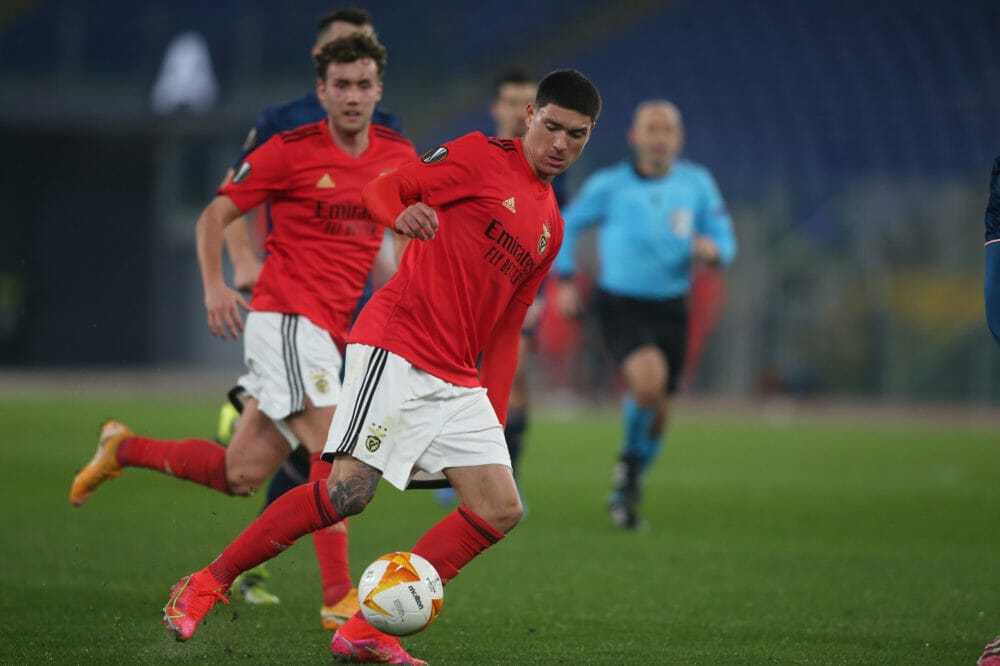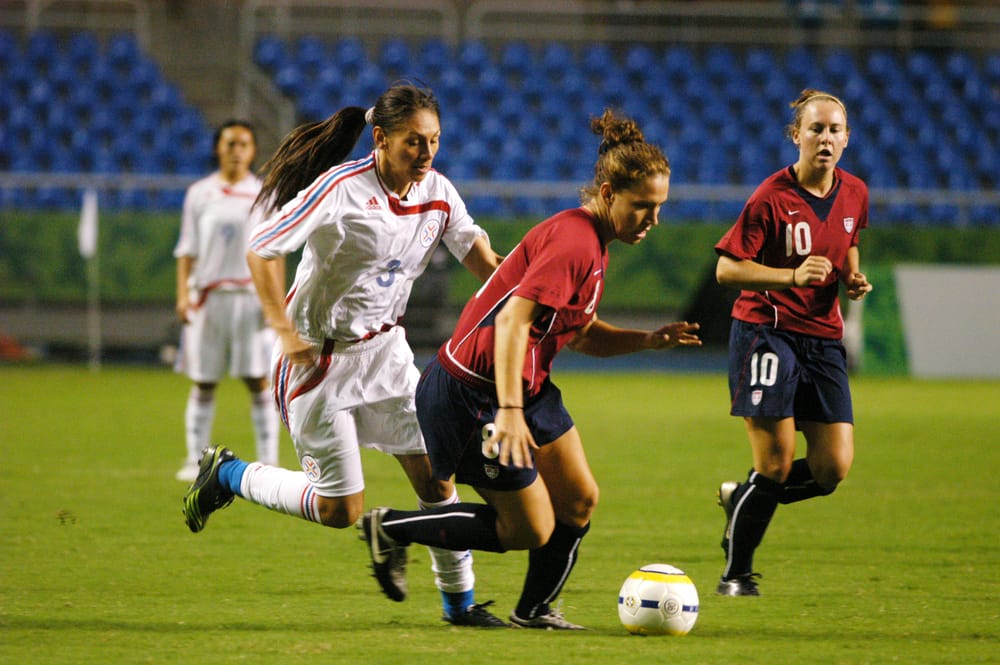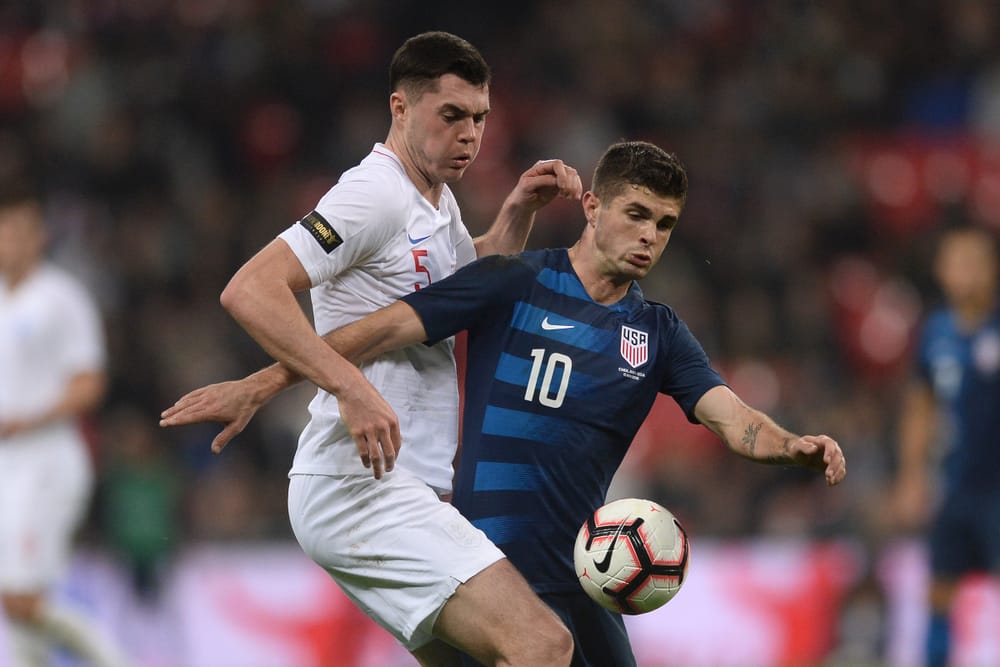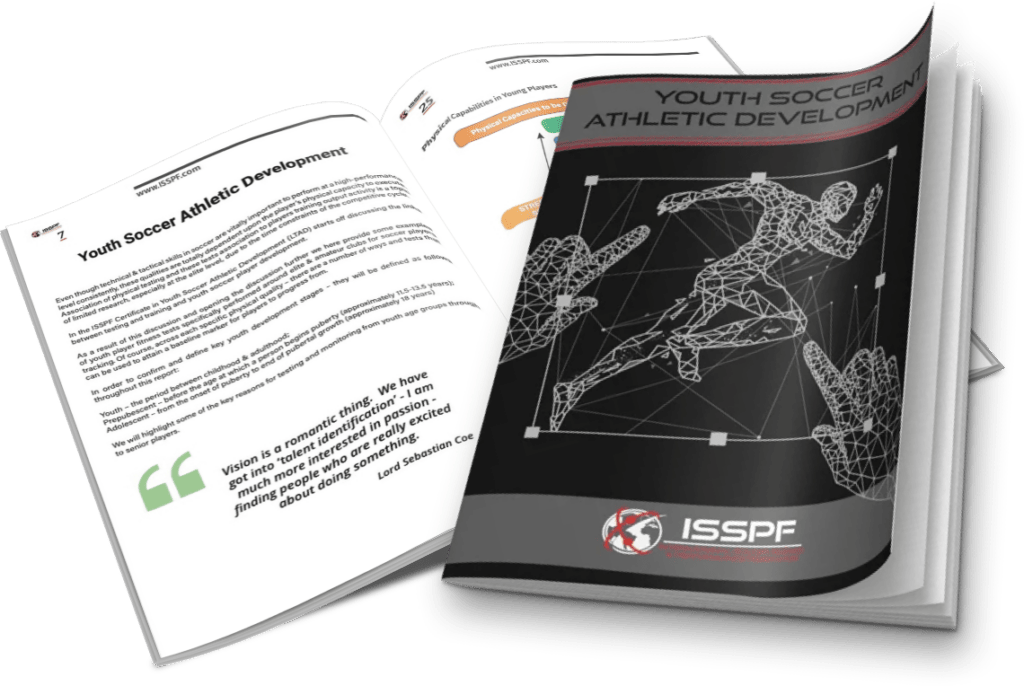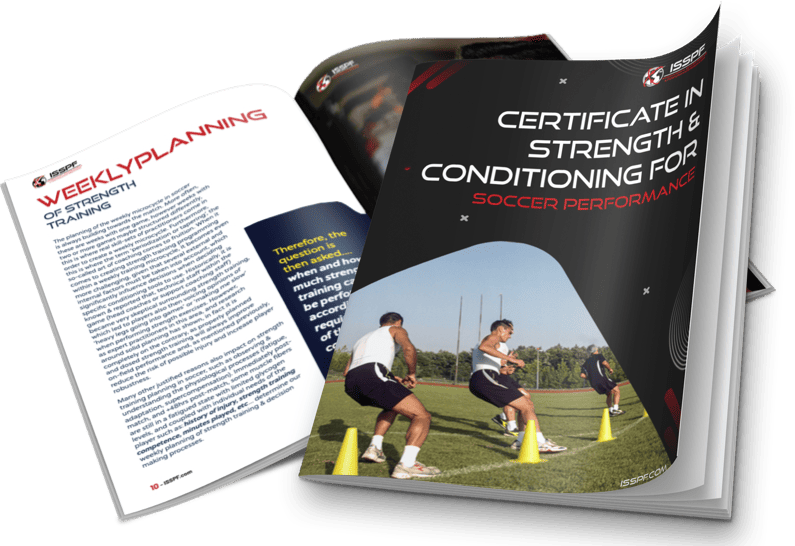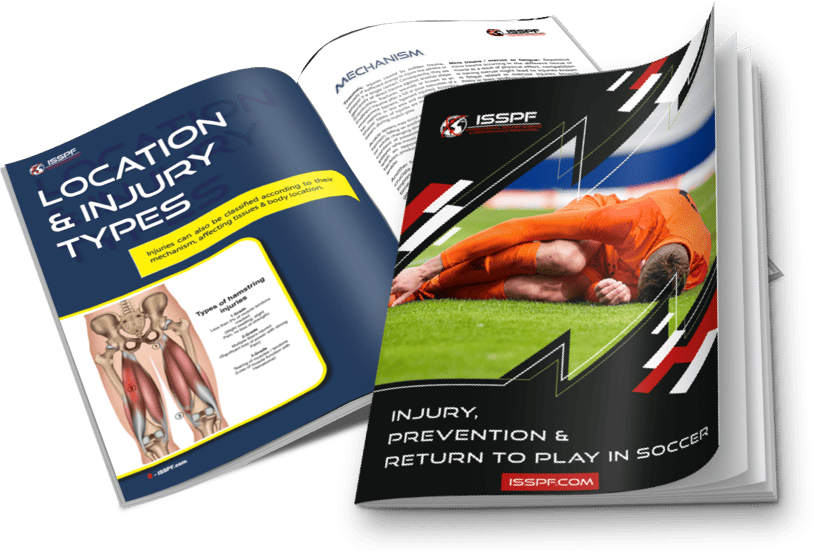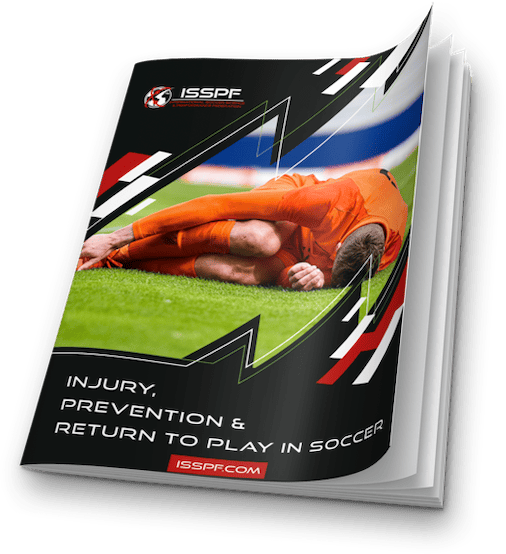As coaching and performance staff start to map out the next few months, whether it be in-season or pre-season periods, understanding how to maximise performance is fundamental to the planning process. Using a specific training methodology enables coaches to have clarity on what to deliver to the players, and also provides a learning environment for the longer-term period. In recent years the collection of data in elite and sub-elite sport has grown exponentially, and in some cases maybe the work to benefit ratio of data collection can be questioned.
In any team sport, it is important that the data collected is used to not only provide basic information to feedback to coaches and players about physical outputs, but it is imperative that it is also used to add context to the training environment to have the greatest impact on performance (Impellizzeri, Marcora and Coutts, 2019; Martín-García et al., 2018).
Specifically, within football, ‘Conditioned Games’ (small, medium, and large sided games) are often used to replicate the physical, technical, psychological and (when used appropriately) the tactical demands of match day outputs (Impellizzeri et al., 2006; Owen et al., 2012; Hill-Haas et al., 2011; Riboli et al., 2020; Moniz et al., 2020; Da Silva et al., 2011).
Depending on the required objective, conditioned games are highly versatile and can be manipulated to achieve the desired outcomes (Riboli, Esposito and Coratella, 2022; Riboli et al., 2020).
In addition to this, conditioned games can be utilised to manage players training load throughout the micro-cycle while also specifically contributing to the development of the specific sporting task (Lacome et al., 2018b; Martín-García et al., 2018; Riboli et al., 2020; Riboli, Esposito and Coratella, 2022).
However, although conditioned games are extremely useful, the format of the conditioned games has a direct impact on the physical requirements that can be achieved (Hill-Haas et al., 2011; Olthof, Frencken and Lemmink, 2019; Riboli et al., 2020; Riboli, Esposito and Coratella, 2022). Gaining a better understanding of match day outputs and how they compare to training loads aid in the planning of the training content and help achieve the desired physical adaptations.

Figure 1) Small-Sided Games Definitions
To gain greater insight into how conditioned games can be utilised to achieve the specific match day requirements, an understanding of the concept of Area per Player (ApP, expressed as m2·player) must first be established. Clarifying the ApP that is needed to reproduce specific match day requirements may help practitioners and the coaching staff to properly plan SSGs for specific performance objectives (Lacome et al., 2018b).
Area per Player can be defined as the total pitch area divided by the total number of players within the given area (Hill-Haas et al., 2011). This allows practitioners to calculate the theoretical space each player has available around them at a given instance on the field of play.
In official competition the area per player is approximately equivalent to ~340m^2 (Riboli et al., 2020), however it should be noted that this is dictated by the size of the field of play. In essence, pitch size and player numbers can be controlled independently of each other to create a high number of SSG formats thus, increasing pitch size or reducing the number of players within a given area increases multiple training load metrics such as total distance, total high-intensity distance, and total sprinting distance (Lacome et al., 2018b; Lacome et al., 2018a).
Conversely, decreasing pitch size or increasing the number of players within the area decreases the space available to cover high speed distances, however, increases the acceleration, deceleration, and technical demands (Lacome et al., 2018b; Gaudino, Alberti and Iaia, 2014) and this has been expertly delivered within a coaching science framework here in this link by ISSPF faculty member Adam Owen (2022).
Therefore, the manipulation of ApP through these means will bring about diffenerent physical and physiological responses (Castagna et al., 2019; Riboli, Esposito and Coratella, 2022; Riboli et al., 2020), while also affecting the technical and tactical behaviours of the players (Kelly and Drust, 2009; Olthof, Frencken and Lemmink, 2018). It must be noted however, greater ApP is needed to facilitate the expression of higher intensity running demands during SSGs, especially when goalkeepers are included in the SSG (Riboli, Esposito and Coratella, 2022; Riboli et al., 2020; Lacome et al., 2018b).
Moreover, between-position differences exist for ApP when replicating match demands with central defenders needing lower ApP as opposed to central midfielders and forward players who need greater ApP to replicate their positional demands (Riboli et al., 2020) and thus an individualised approach should be considered. This is particularly important for practitioners, as exposing players to higher intensity running demands has been shown to prepare players for match intensity through their improvement in fitness levels while also providing a greater robustness against non-contact injuries (Bowen et al., 2017; Bowen et al., 2020; Malone et al., 2017).


Putting the science into practice, understanding ApP and its usefullness during SSGs facilitates the management of training loads in order to maximise performance while also allowing the ability to underload or overload a specific match requirement through the use of sport-specific means (Riboli, Esposito and Coratella, 2022; Riboli et al., 2020). Although some considerations must be taken into account as some ApPs may be impractical given the SSG format or desired requirement thus, position specific drills, supplemental running-based exercises, and/or specific SSG rules could be considered to individualize the training load required/desired (Riboli, Esposito and Coratella, 2022; Riboli et al., 2020).
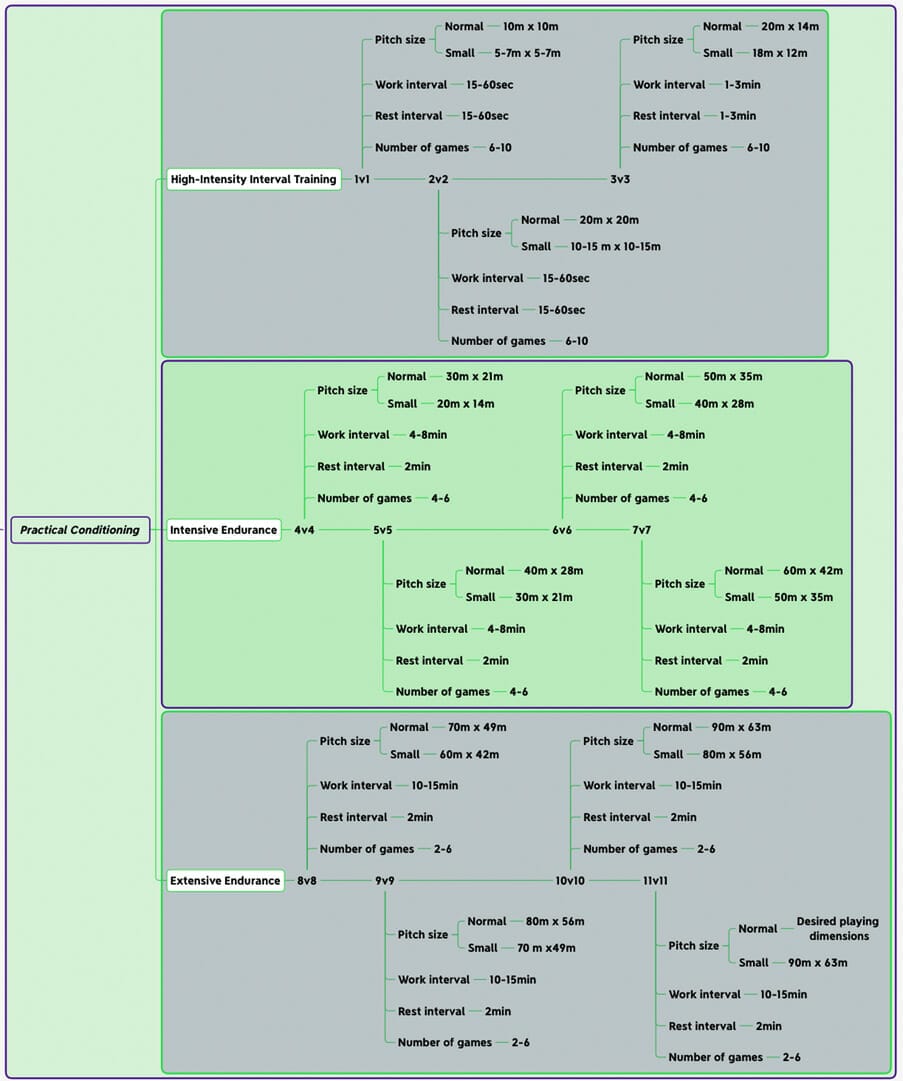
Join Our Physical Training & Soccer Methodology
The bespoke courses developed by ISSPF Faculty members are a way of further exposing sport science students, coaching individuals working within the game & other soccer science & performance coaching enthusiasts with a thirst to develop further.
The link below will take you to the hugely popular & expertly designed ISSPF University endorsed, quality assured & accredited Physical Training & Soccer Methodology online sport science course. This course has been described as one of the best online courses for further developing & adding to football coaching qualifications, where you will be exposed to football coaching research and practical examples used within the game by high level professionals.
Physical Training & Soccer Methodology Course
How This Course Will Improve You
- Provides most efficient training methods and detailed insights into developing player fitness alongside tactical strategies & developing a training methodology
- Gain a better understanding how to maximise development & preparation of players in a more efficient & contemporary game model approach
- Learn how to balance key training elements from a technical, tactical & physical preparation in order to attain peak performance
- Practitioners & coaches can only benefit themselves & their players further by a more in-depth knowledge of physical training & soccer methodology
- Help maximise your decision making through a better understanding & appreciation of tapering & soccer periodisation
Who is this course for?
- Coaches, trainers, and other serious individuals tasked with the responsibility for the training, preparation, rehabilitation & coaching aspects of both individual athletes or team sports
- Individuals with an interest in developing knowledge in the preparation, training & development of footballers or soccer players
What Does This Course Cover?
Outline of the Physical Training & Football Methodology course:
Module 1: The appliance of science – tapering & periodisation in team sports
Lecturer: Dr. Adam Owen
Module 2: Soccer specific monitoring: Weekly microcycle, planning and performance
Lecturer: Dr. Dawid Golinski
Module 3: Game model building & development: Reinterpreting Tactical Periodisation
Lecturer: Dr. Alejandro Romero-Caballero (La Liga)
Module 4: Individualised Periodization in a Soccer Team: A working model
Lecturer: Jarred Marsh
Module 5: An integrated approach to soccer training: Developing a working model
Lecturer: Efthymios Kyprianou
Module 6: Carbohydrate requirements of soccer players: Implications for periodisation
Lecturer: Dr. Liam Anderson
Module 7: Integrating Physical & Tactical Periodisation in Soccer: Senior & Youth levels
Lecturer: Hamish Munro
Module 8: Maximal intensity conditioning periods in soccer: Physical vs. Tactical strategies
Lecturer: Dr. Miguel Angel Campos Vazquez (La Liga)
Module 9: Preparing the modern soccer player: Training session design
Lecturer: Dr. Adam Owen
Module 10: Competitive soccer training microcycle: Structure & justification
Lecturer: Dr. Manuel Segovia
Share this article:

